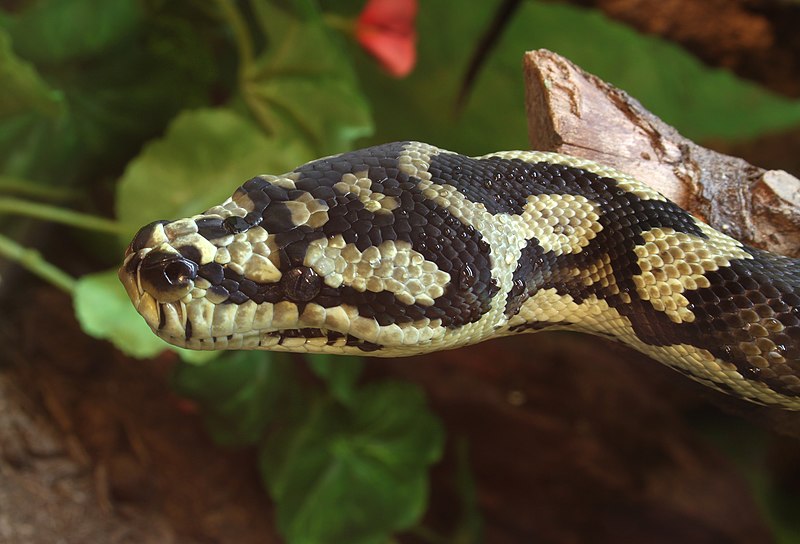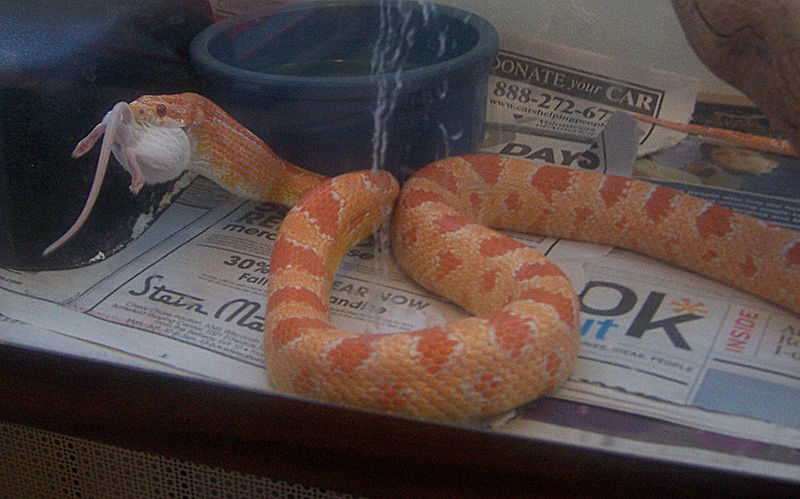 Most herp enthusiasts know that amphibians are usually quite sensitive to warm temperatures. However, reptiles, even those native to tropical and desert habitats, may be severely impacted as well. Following are some general guidelines to keep in mind at the height of summer – please write in for more detailed information about the animals in your collection.
Most herp enthusiasts know that amphibians are usually quite sensitive to warm temperatures. However, reptiles, even those native to tropical and desert habitats, may be severely impacted as well. Following are some general guidelines to keep in mind at the height of summer – please write in for more detailed information about the animals in your collection.
General Considerations
Even within the hottest of natural habitats, herps find ways to escape temperature extremes. Millions of years of evolution have brought us a great many surprises in this regard – Australia’s Water Holding Frog, for example, thrives where most unprotected creatures, even reptiles, would cook in short order. So while desert adapted animals may be better suited to withstand heat, do not assume that they will be fine without special attention. Read More »
 That Reptile Blog – Reptile, Amphibian and Exotic Pet Care and Information
That Reptile Blog – Reptile, Amphibian and Exotic Pet Care and Information




